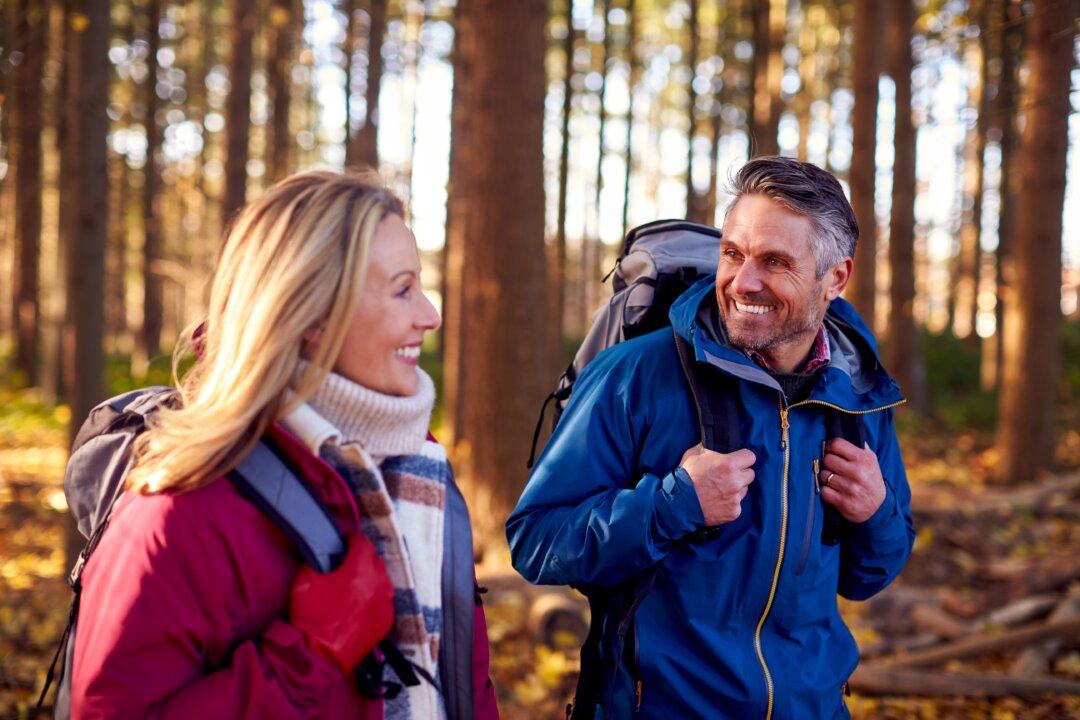Like to know exactly what to do in the early morning to feel refreshed and alert? Not only is this the most powerful stimulus for wakefulness throughout the day, it also helps you fall asleep faster at night, and stay asleep longer.
Tools for Optimizing Sleep and Sleep-Wake Timing
Like to know exactly what to do in the early morning to feel refreshed and alert?
Save

Go outdoors and view actual sunlight as soon as possible after the sun comes up KonstantinChristian/Shutterstock

Updated:




